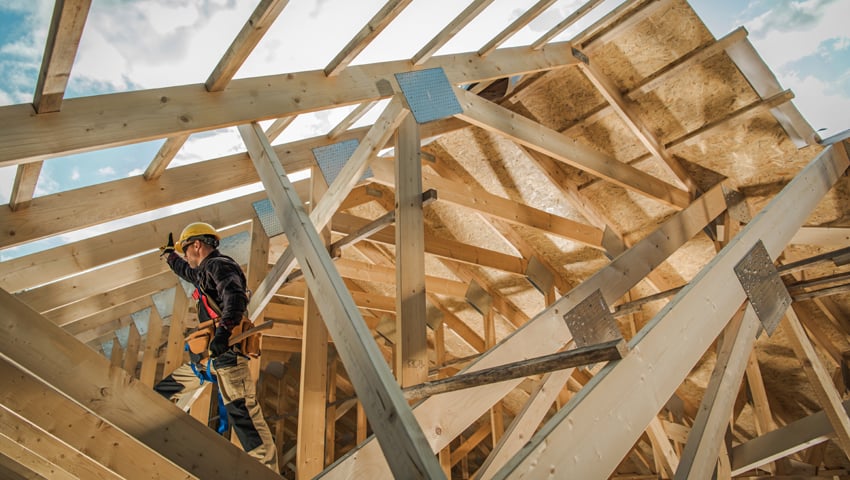The European Commission has issued a communication setting out a proposed 90 per cent GHG emissions reduction target to be achieved by 2040. This will now be discussed by the EU Parliament before the next parliament, elected in June 2024, begins the process of turning this proposed target into legislation.
The communication – Securing Our Future: Europe’s 2040 target and path to climate neutrality by 2050 building a sustainable, just and prosperous society – has been welcomed by the European Wood Working Industries (CEI-Bois).
The communication says, “… bio-based materials that are sustainably sourced can not only store carbon over long periods (e.g., if wood is used as a construction material) but also replace fossil-fuel based materials …” (p.21).
A spokesperson for CEI-Bois said, “The proven and leading low carbon building material is wood. The EU needs to follow Canada and the USA and shift to constructing the majority of its suburban and rural homes using timber frames.
“At the same time the EU’s urban environment needs to embrace the use of engineered timbers which allow the construction of mid-rise housing, 4 – 12 storeys, and higher.
“In addition all buildings (old and new) need to move from using fossil fuel based insulation materials to nature-based materials including wood fibre. By using low carbon building materials as stipulated by the Commission we simultaneously substitute the carbon intensive materials and we store carbon.”
CEI-Bois continued, “Securing our future rightly notes or alludes to several of the contributions that wood can make to the ‘clean technology markets of the future’ including ‘through repairing, renewing, reusing and recycling existing products … resources are used more efficiently’.
“Wood is a renewable and recyclable material and it can play an essential role in the development of a sustainable and circular economy. Indeed, timber products help facilitate such a circular economy as they can be repurposed into new products. Recycling wood helps extend its lifecycle, reduces the demand for new raw materials, and minimises waste. For instance timber buildings are now being designed with reuse in mind and the amount of wood recycling into panel boards for use in furniture and construction continues to rise.
“Increasing the use of industrial off-site wood construction to produce modular homes in factories can contribute significantly to waste reduction in the construction industry.”
CEI-Bois concluded, “As trees grow, they absorb carbon dioxide from the atmosphere through photosynthesis and store carbon in their wood. When wood is used to make products like furniture, construction materials, flooring or pallets etc, the carbon remains sequestered, effectively acting as a long-term carbon sink.
This helps to reduce the overall concentration of greenhouse gases in the atmosphere. When wood is used as a sustainable alternative to materials with higher carbon footprints, the carbon benefits are even higher.”
